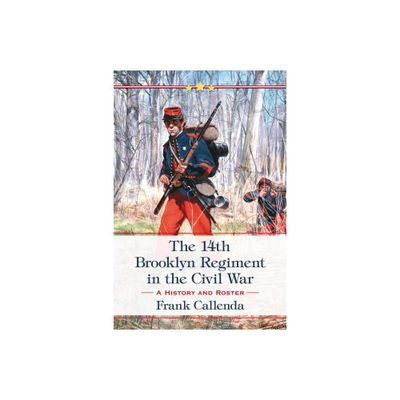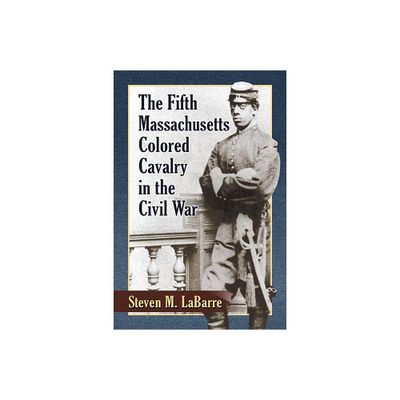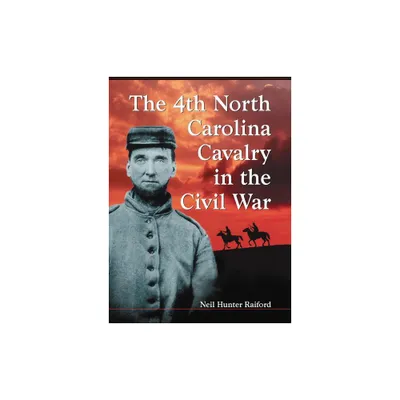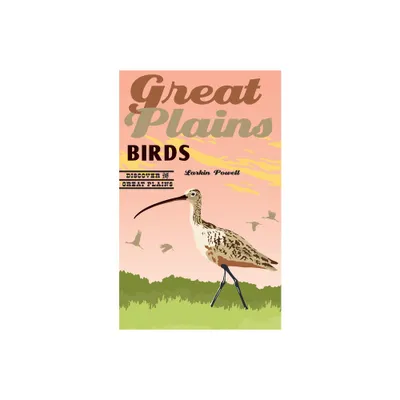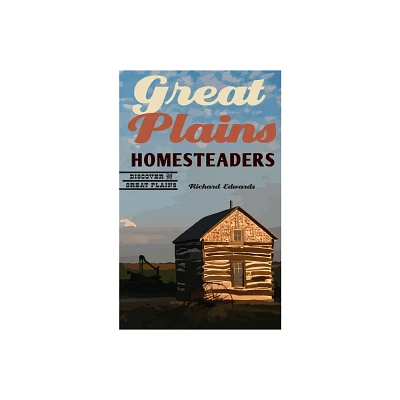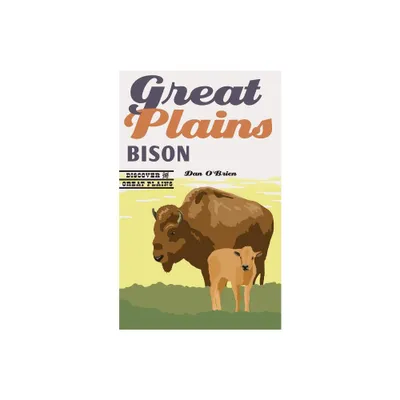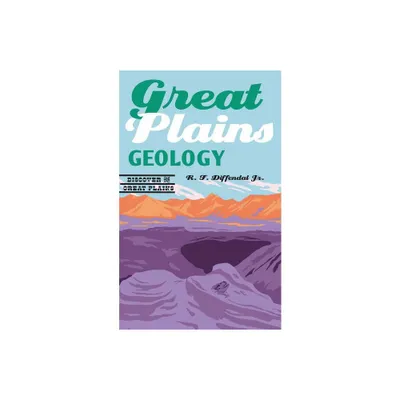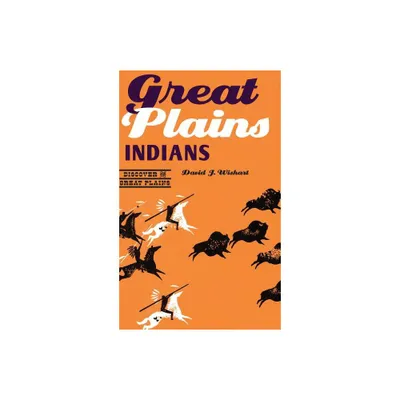Home
the Second Colorado Cavalry: A Civil War Regiment on Great Plains
Loading Inventory...
Barnes and Noble
the Second Colorado Cavalry: A Civil War Regiment on Great Plains
Current price: $34.95


Barnes and Noble
the Second Colorado Cavalry: A Civil War Regiment on Great Plains
Current price: $34.95
Loading Inventory...
Size: Hardcover
*Product Information may vary - to confirm product availability, pricing, and additional information please contact Barnes and Noble
During the Civil War, the Second Colorado Volunteer Regiment played a vital and often decisive role in the fight for the Union on the Great Plains—and in the westward expansion of the American empire. Christopher M. Rein’s
The Second Colorado Cavalry
is the first in-depth history of this regiment operating at the nexus of the Civil War and the settlement of the American West. Composed largely of footloose ’59ers who raced west to participate in the gold rush in Colorado, the troopers of the Second Colorado repelled Confederate invasions in New Mexico and Indian Territory before wading into the Burned District along the Kansas border, the bloodiest region of the guerilla war in Missouri. In 1865, the regiment moved back out onto the plains, applying what it had learned to peacekeeping operations along the Santa Fe Trail, thus definitively linking the Civil War and the military conquest of the American West in a single act of continental expansion. Emphasizing the cavalry units, whose mobility proved critical in suppressing both Confederate bushwhackers and Indian raiders, Rein tells the neglected tale of the “fire brigade” of the Trans-Mississippi Theater—a group of men, and a few women, who enabled the most significant environmental shift in the Great Plains’ history: the displacement of Native Americans by Euro-American settlers, the swapping of bison herds for fenced cattle ranges, and the substitution of iron horses for those of flesh and bone.
offers us a much-needed history of the “guerilla hunters” who helped suppress violence and keep the peace in contested border regions; it adds nuance and complexity to our understanding of the unlikely “agents of empire” who successfully transformed the Central Plains.
The Second Colorado Cavalry
is the first in-depth history of this regiment operating at the nexus of the Civil War and the settlement of the American West. Composed largely of footloose ’59ers who raced west to participate in the gold rush in Colorado, the troopers of the Second Colorado repelled Confederate invasions in New Mexico and Indian Territory before wading into the Burned District along the Kansas border, the bloodiest region of the guerilla war in Missouri. In 1865, the regiment moved back out onto the plains, applying what it had learned to peacekeeping operations along the Santa Fe Trail, thus definitively linking the Civil War and the military conquest of the American West in a single act of continental expansion. Emphasizing the cavalry units, whose mobility proved critical in suppressing both Confederate bushwhackers and Indian raiders, Rein tells the neglected tale of the “fire brigade” of the Trans-Mississippi Theater—a group of men, and a few women, who enabled the most significant environmental shift in the Great Plains’ history: the displacement of Native Americans by Euro-American settlers, the swapping of bison herds for fenced cattle ranges, and the substitution of iron horses for those of flesh and bone.
offers us a much-needed history of the “guerilla hunters” who helped suppress violence and keep the peace in contested border regions; it adds nuance and complexity to our understanding of the unlikely “agents of empire” who successfully transformed the Central Plains.



